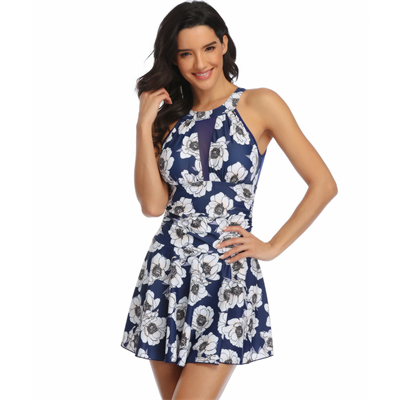How did women’s swimsuits evolve?
Women’s swimming first became an Olympic event in 1912. Fanny Dulac, who wears a sleeveless one-piece swimsuit with half-length trouser legs, is top in many projects. Australian-born female swimmer Annette Kellerman also broke the routine. She was arrested in Boston in 1907 for wearing a bold one-piece swimsuit.
In the early 1920s, the economic prosperity of European and American countries made people pursue the enjoyment of life. The general sea and air boom has become a gadget sought after by the middle class. The wealthy young people either ran to learn to fly an airplane or ran to the beach to learn swimming or bathing in the sea.
A nylon clothing manufacturer created a revolutionary new swimwear material and laid the foundation for future swimwear styles. Abandon all the waterproof man-made fibers that used cotton, wool cloth, and even no elasticity in the past. Use nylon fabrics with high elasticity, high air permeability and low water absorption to make swimming suits that are more close-fitting, easy to wear and lightweight. These one-piece mini skirt pants and two-piece tank top with boxer shorts not only improve the safety of female swimmers. It greatly increases the observability of women’s swimming suits, and also helps women’s social status.
























